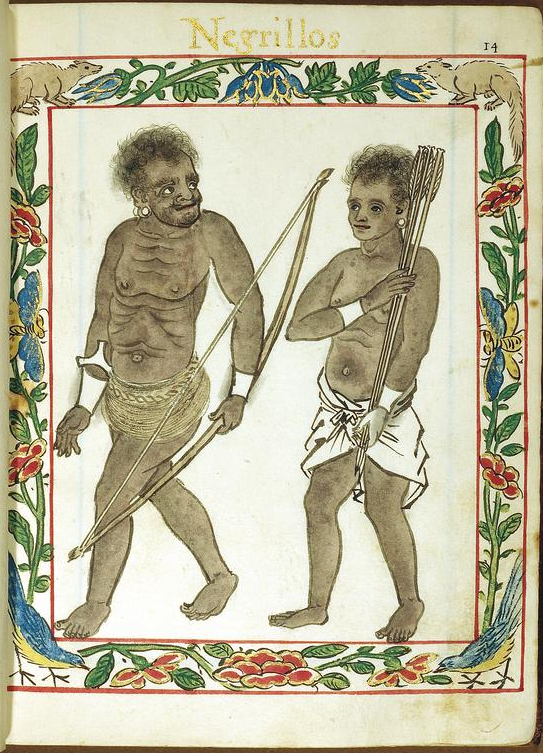
Tamad na burgis na ayaw gumawa,
Sa pawis ng iba’y nagpapasasa.
Pinalalamon ng manggagawa,
Hindi marunong mangahiya (Walang-hiya!)
Bandilang pula, iwagayway.
Bandilang pula, iwagayway.
Bandilang pula, iwagayway…
Ang mga anakpawis ay mabuhay!
It’s near midnight, and the sign above the radio booth door reads “ON AIR.” Imagine a small group of youthful men and women, including a lanky bespectacled 15-year-old boy. He is sporting shoulder-length hippie hair, an oversized Vietnam-era GI fatigue shirt, faded denims, and non-descript rubber sandals.
It’s his turn inside the booth, and he is playing a vinyl record of a protest song in Tagalog, Bandilang Pula, which is derived from PCI’s Bandierra Rossa. As the red-flag anthem wafts onto the airwaves, he is singing along with clenched fist punching the air in time with the marching beat.
Can you imagine how he got there? Continue reading “The summer radio kid grows up”


